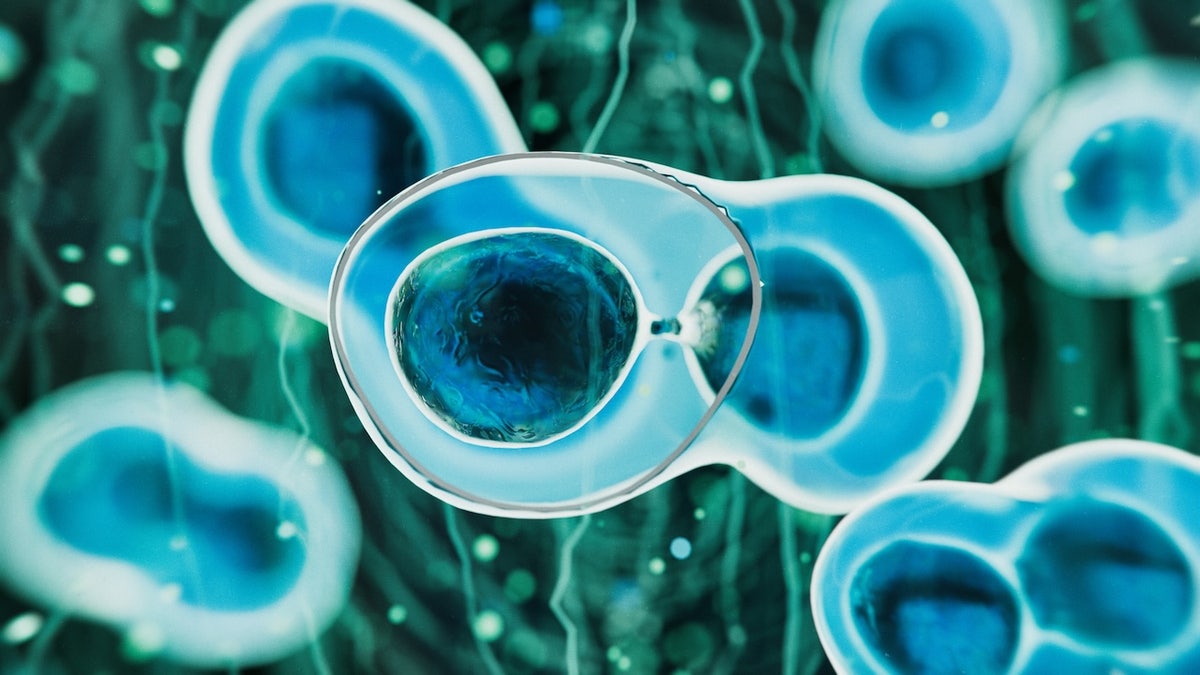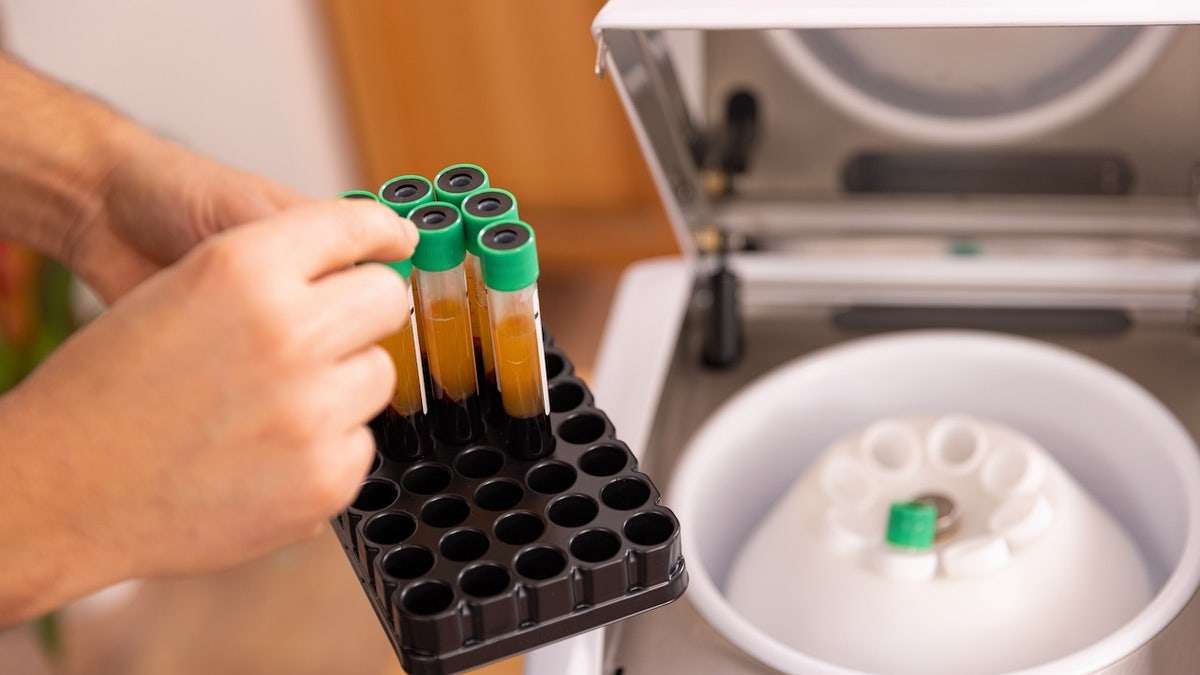About ten million people suffering from Parkinson’s disease in the United States – and 90,000 new diagnosis every year – this competition is underway to cure.
Researchers at the Memorial Sloan Catering Cancer Center (MSK) have announced the progress on that front – they have created a new therapy that stem cells use to treat advanced parkinson.
In the first step test, researchers used stem cells (neurons) donated to form nerve cells (in the early stages of the fetus) and were reported in a press release from MSK.
Shown to be effective in new drug clinical trials for Parkinson: ‘Too Encouraged’
Once the cells are injected, they produce dopamine, a hormone in the brain that helps move and adjust.
(One of the features of Parkinson is the lower level of dopamine, which causes vibration, hardness, balance -related problems and general symptoms of walking)))
About a million people live with Parkinson’s disease in the United States, nerd a new diagnosis of 90,000 every year. (Estock)
After 18 months, the injected cells were “caught in the brain without any serious side effects,” researchers said.
Based on MDS-apodras — a rating scale-partners “noticeable improvement” for signs developed by the International Parkinson and Movement Disorder Society, especially the group that received a higher dose.
Patients in high-dose groups have reported “time” of 2.7 hours per day.
“Neurologists say that things usually get worse every year with the disease, which means that the score increases by a few points,” Study’s co-authors Lorenz Stader, MSK’s Center for Stem Cell Biology Director MD, press release.
“In our research, not just the score is worse, it has dropped more than 20 points in high-doz groups.”

Researchers used stem cells (initially taken from the fetus) to produce nerve cells (neurons) and to replace 12 parkinson’s brain. (Estock)
On average, patients in the high-doz group reported the “time” of 2.7 hours-indicate the duration of normal activity with the unique symptoms-“a result that can be quite meaningful for their daily life,” mentioned.
In view of the success of the first phase of justice, the US Food and Drug Administration (FDA) has approved a large phase clinical trial in a larger patient group – about 100 people – about 100 people in the first half of 2025.
The search was published in the journal Nature.
Parkinson’s cases may double global by 2050, reveals the study
“The survey found that developing certain nerve cells from the human fetal stem cells in the lab, then the injection of people with Parkinson is a safe and potential future treatment,” the MD, MD, MD, MD, MD, MD, MD, MD, MD, MD, MD, MD, MD, MD, MD, MD, MD.
“Searchs were fruitful, because more than a dozen years of year to make this work.”
‘Major Step Forward’
Dr Mary Ann Picon, a medical director at the Holy Name Medical Center in New Jersey, says that cells for the treatment of Parkinson’s disease are not only to reduce disability, but also to stop progress and improve the motor operation.
“Although the stem cell implantation and itself are at risk of being involved in suppressing the necessary resistance before the process, it will be a major step in replacing the dopaminargic neurons lost in the disease,” Picon, who was not involved in research, told Fox News Digital.
Click here to get Fox News app
Levodopa, currently limited to Parkinson, is limited to the first row that patients need more dose as the time increases-“and becomes more complicated during both the time of control and hardness or disinceptions (uncontrolled muscle movement).”

After 18 months, the injected cells were “caught in the brain without any serious side effects,” researchers said. (Estock)
West Virginia West Rockefeller’s Neuroscience Institute Director of Movement Disorder. Ann Murray referred to this research as “incredible exciting” for Parkinson’s patients.
“Although the goal of this special research project was to ensure protection, there is a significant clinical improvement in UPDRs,” is absolutely groundbreaking, “Mare Fox told News Digital. (He also was not involved in research.)
Click here to sign up for our health newsletter
“This is the first step for this type of therapy for patients with Parkinson disease, but stem cell is an amazing first step for the possible benefit of the brain therapy.”
Potential restriction
There were some limitations associated with the study, mentioned Tabar.
“It is important to conduct a larger, well-controlled study to prove that a small research is actually working to show protection, otherwise mentioned as a step 3 ‘effectiveness’ study,” he said.
“This is an amazing first step for the possible convenience of the stem cell brain therapy” “
These initial searches are, however, “a strong promise consultant”.
“I think we can finally say that when stem cells are properly produced and properly separated, the brain is a great promise to repair the brain in Parkinson and someday in other situations,” said Tabar.
For further health articles, see www.foxnews.com/health
Cell therapy was made on MSK and licensed to the Blooke therapeutics in Massachusetts, which was funded for this study.
Leave a Reply